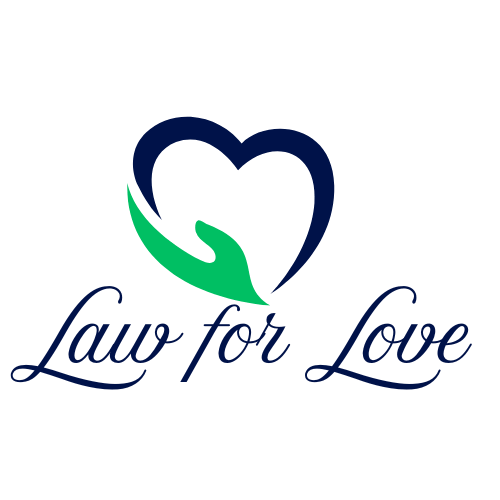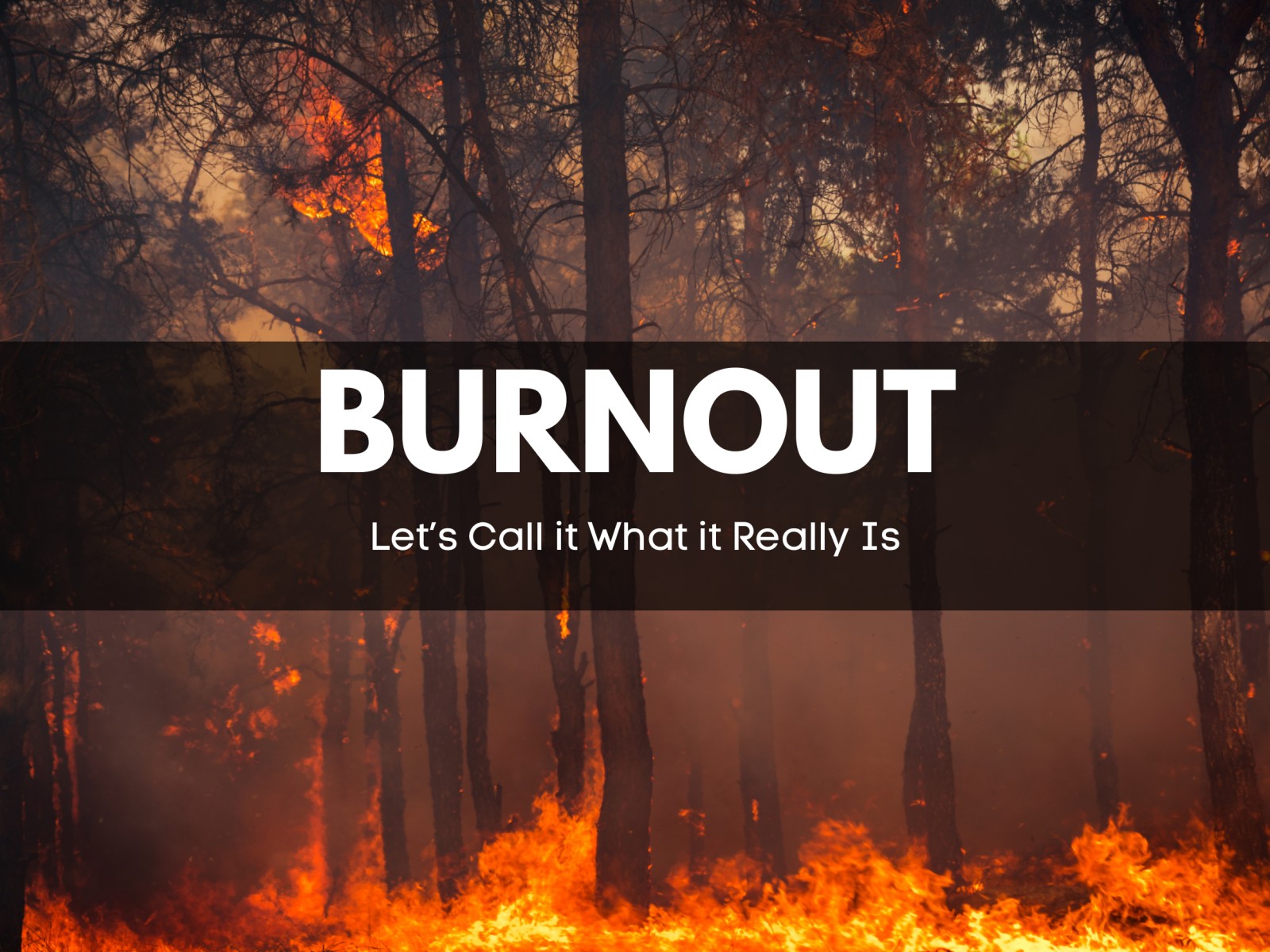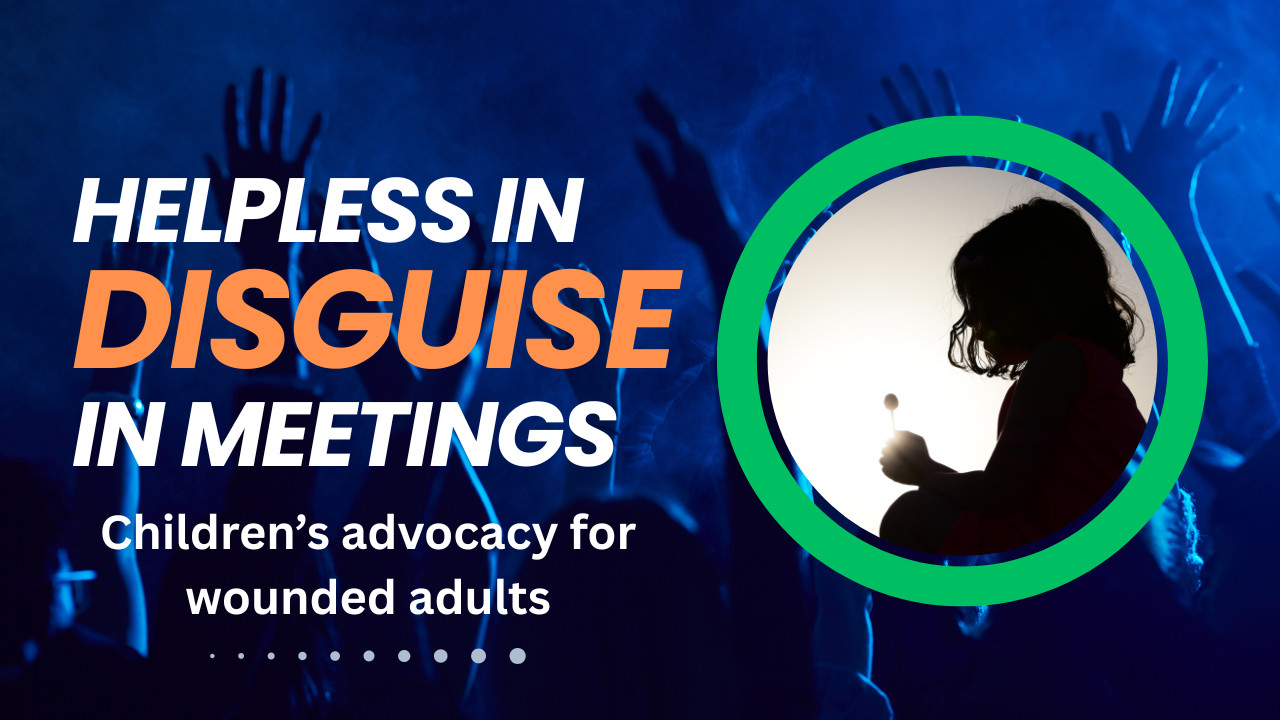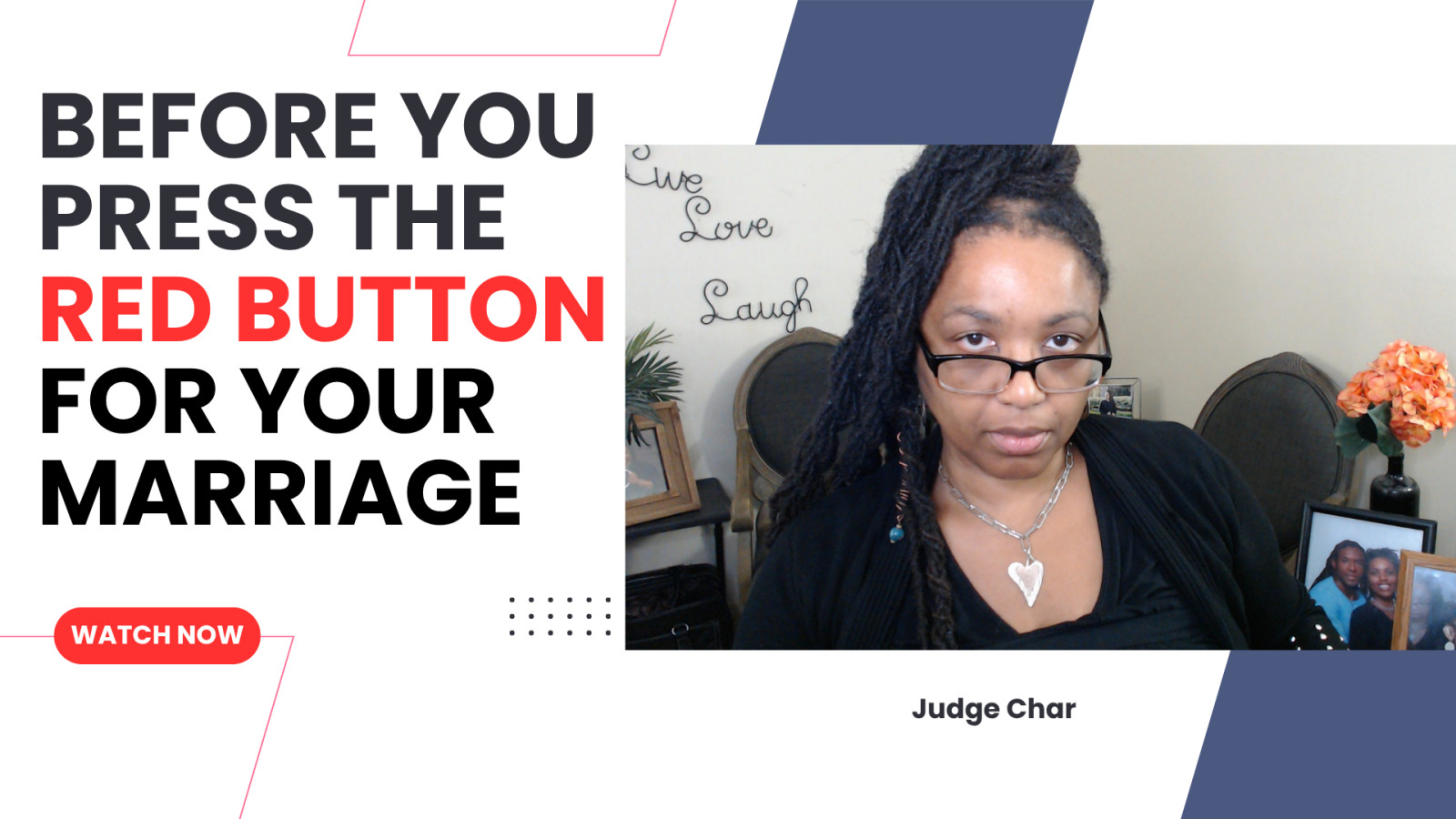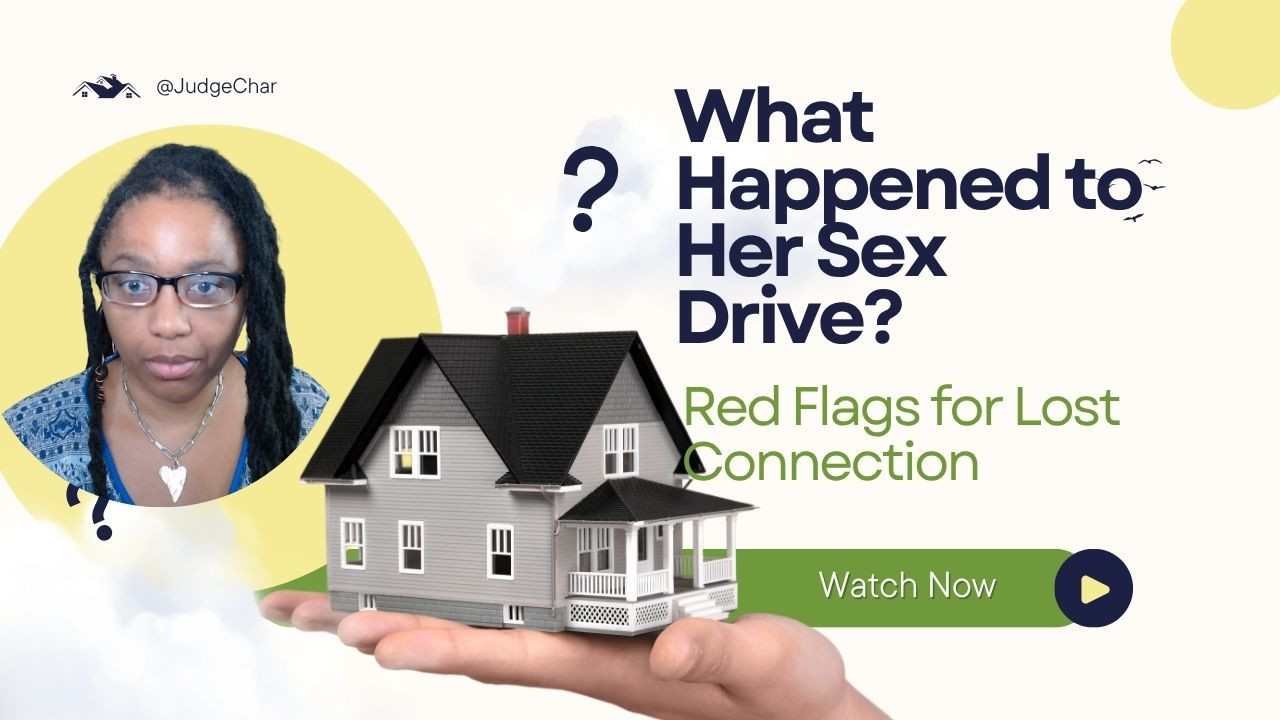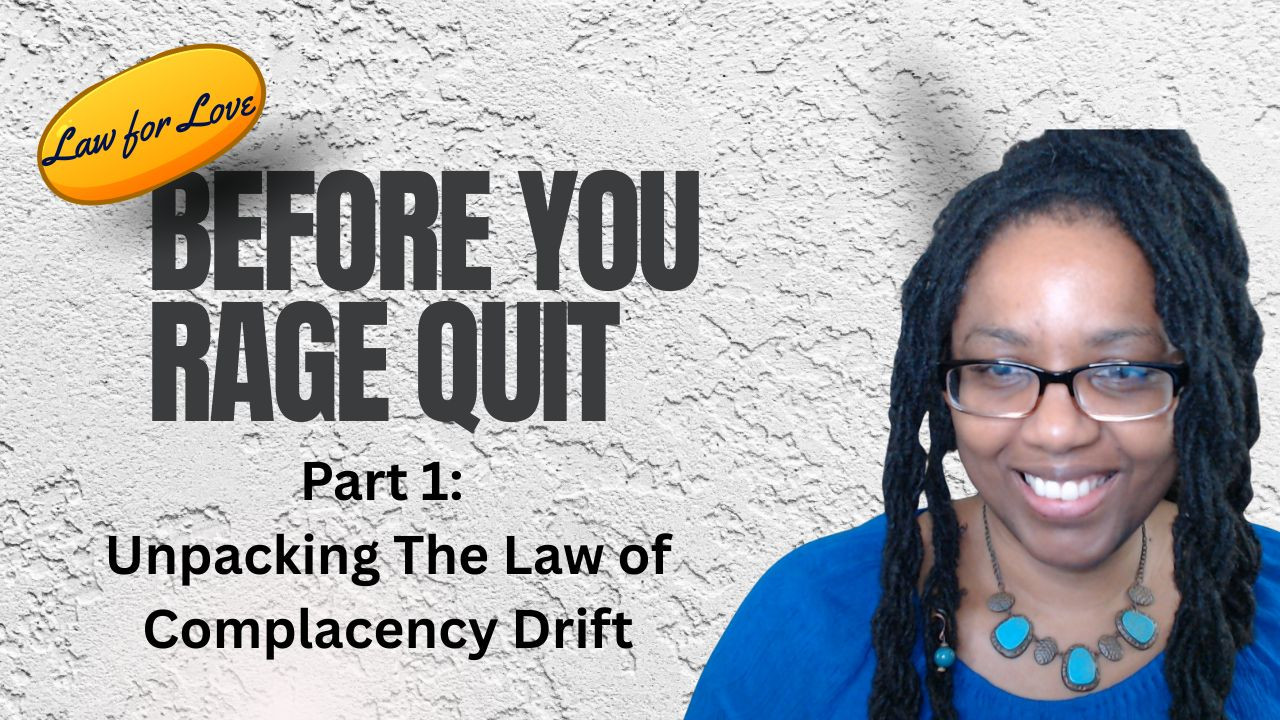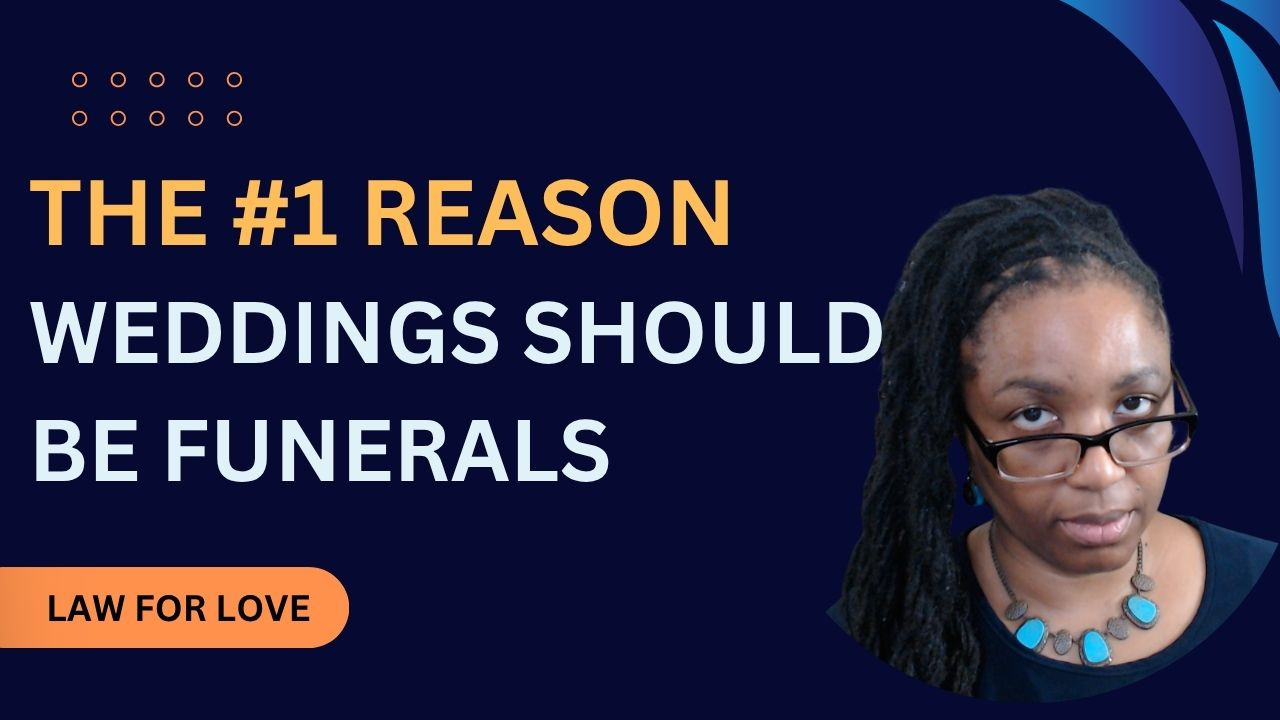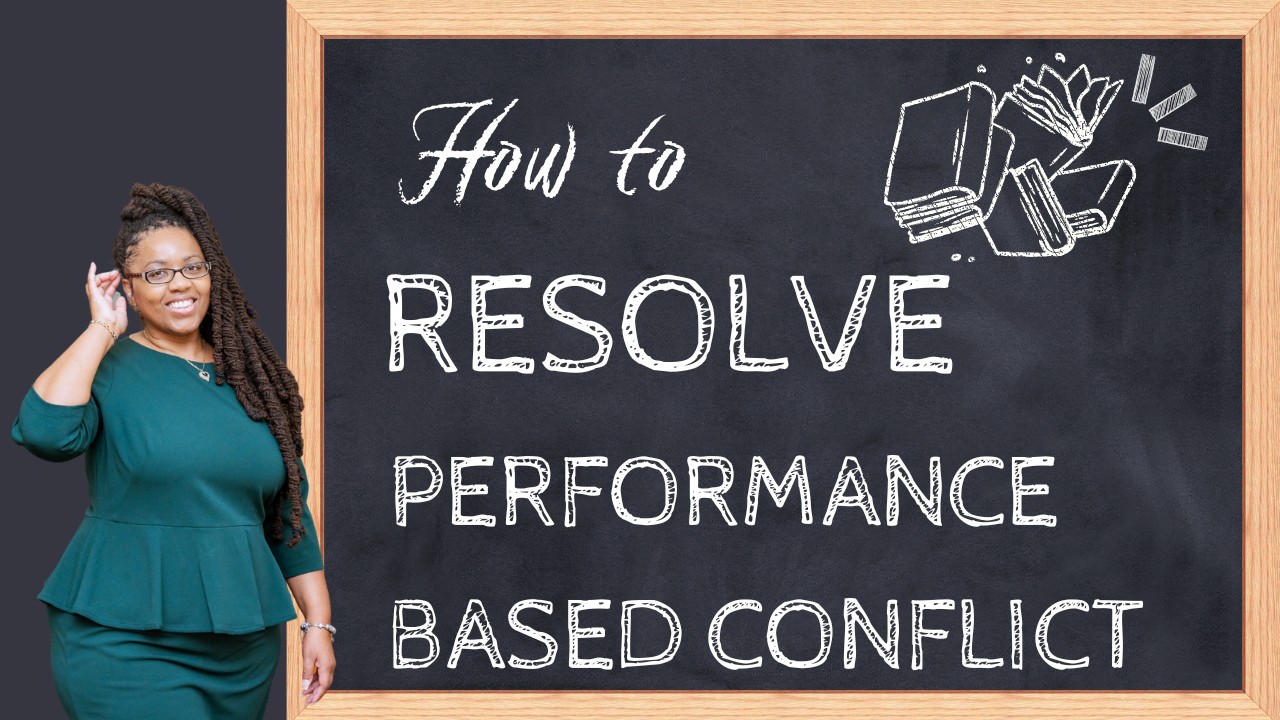
Have you ever worked yourself to the brink of insanity for the sake of the team? Do you find yourself piling on more items to your never-ending “to do” list? Do you have the nagging sense that you should simply say “no,” but are too afraid because of someone else’s feelings or expectations?
If this sounds like you, then you may have a performance-based love contract operating in the background of your awareness.
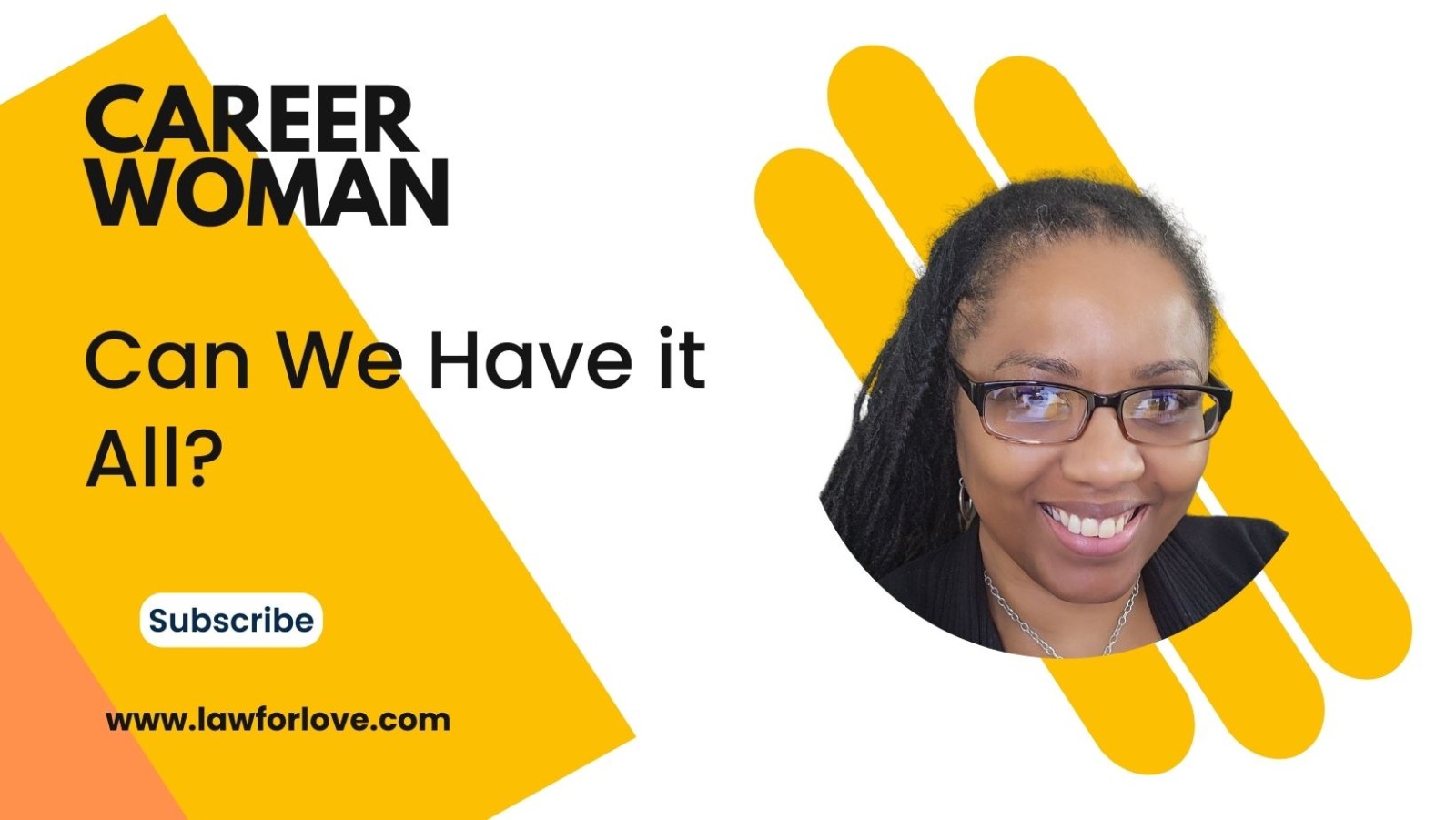
Dive into a thought-provoking exploration of the word "career" and its profound implications on women's roles within family, community, and society. This engaging piece challenges conventional notions by questioning whether women are inherently wired for careers or driven by a deeper need for contribution and connection. Through reflective queries and historical context, it examines the personal and societal costs of pursuing careers that break traditional gender norms, and how these choices have reshaped family dynamics and women's overall wellness. With a compelling look at the Latin root of "career," the article uncovers whether women's professional paths are vehicles of self-determination or competitions influenced by societal expectations. Discover how women can balance career aspirations with identity, wellness, and familial harmony without succumbing to the pressures of conforming to outdated labels.
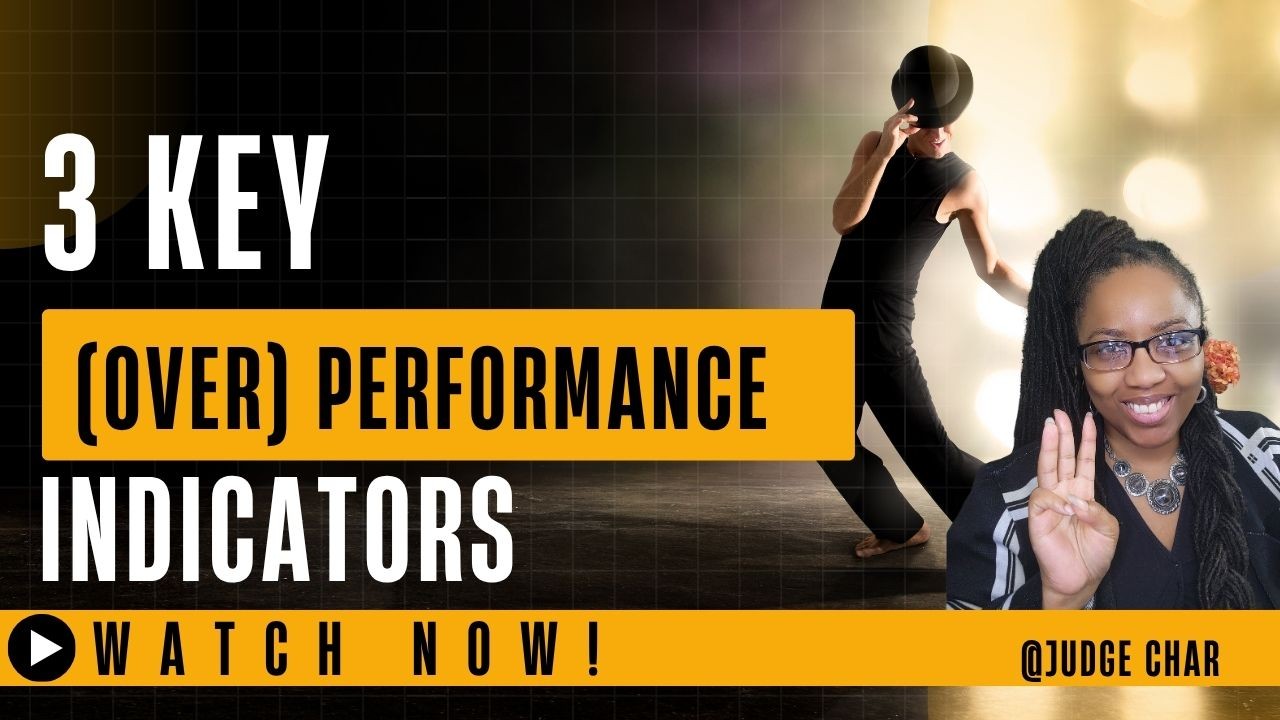
Are you energized at work, and exhausted at home? Do you feel more valued and appreciated for putting out fires at the office? Swooping in to save the critical deadline? Leading your team to crushing your quarterly goals?
Yet somehow, at home you feel unappreciated, overlooked, and taken for granted?
If this sounds like you, then you may be coping with the lack of intimate connection by driving yourself too hard—performing for love and acceptance at the expense of your deepest desires.
Insatiable drive for “winning”
I realized this was a shared challenged I had with another very prominent career woman. We were both struggling in our marriages. But at work, we dominated in our space. This was a very sacred connection because who do you talk to about the embarrassment of private failure? We were both over-performing at work. And the more we were driven for value and acceptance in the public, the more it hurt our bottom line at home.
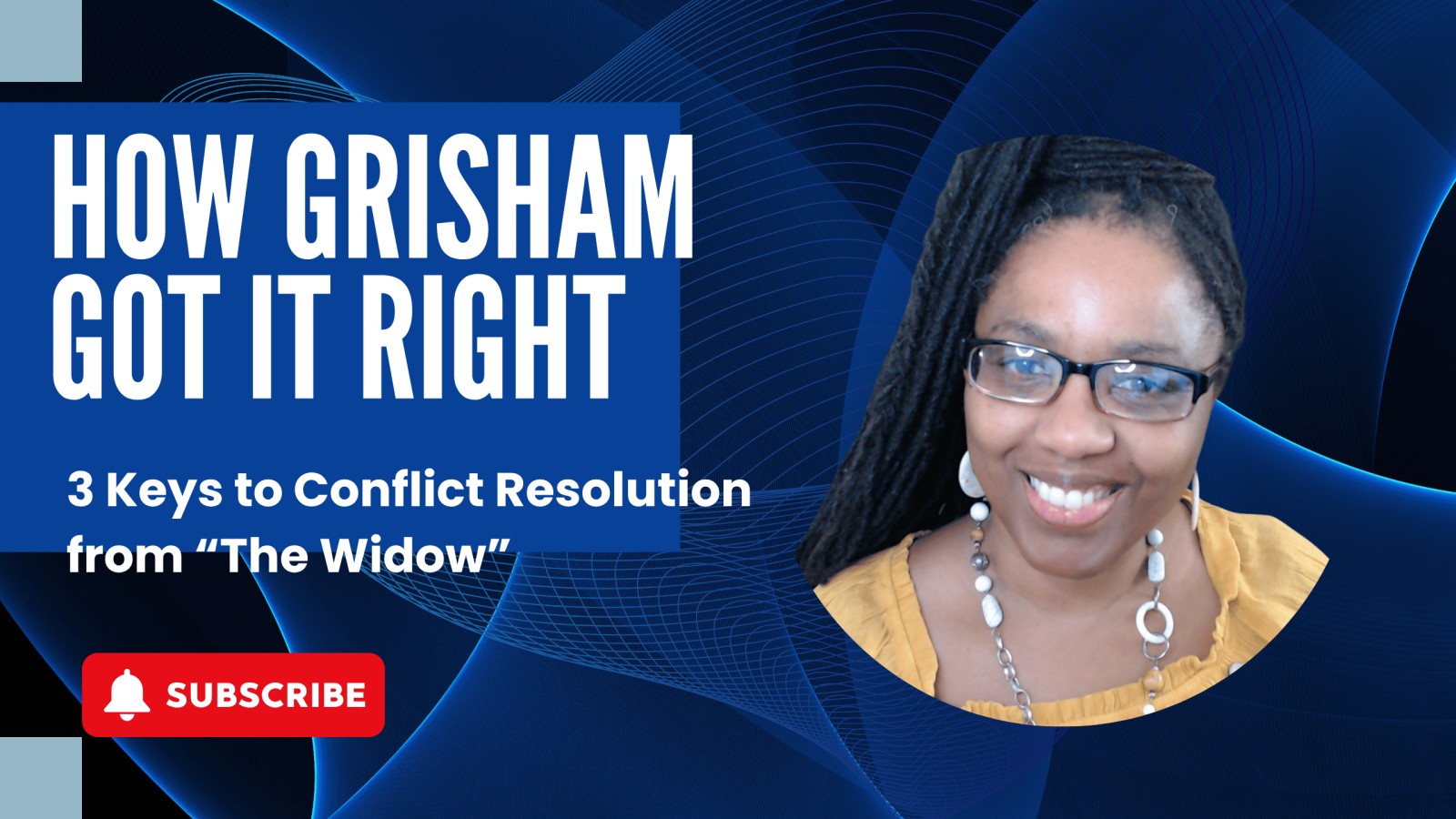
How many lawyers enjoy legal fiction?
I do not usually enjoy legal fiction. They are often too unrealistic based on the realities I know as a practitioner. But I love John Grisham! His storytelling is always captivating. My husband and I are currently reading one of his latest works, The Widow. His rendition of the main character's life is so realistic, I just wanted to share a few thoughts about it.
We meet Simon Latch, a small town lawyer whose life is a routine wreck. His legal practice is not quite his dream come true. And now, he and his wife faces the excruciating task of explaining the harsh reality of their relationship to their children.
